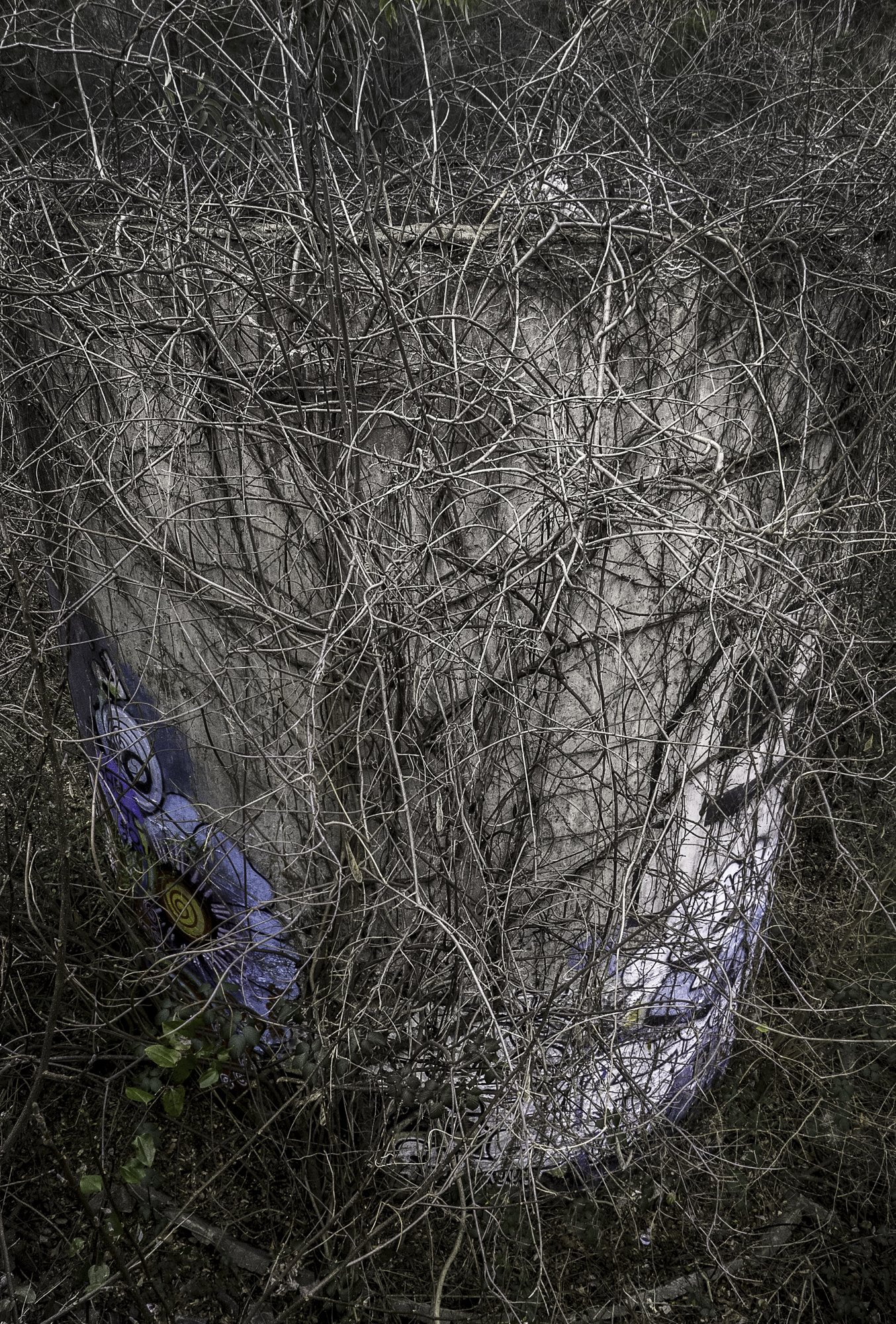Tackling imagination...
Yes, well, imagination is the culprit isn’t it, the thing we don’t really get?. Our imagination can help us solve problems or lead us down a path of the never possible. Because we associate imagination with dreams or “day-dreaming, " we sometimes don’t take it seriously until someone's runaway imagination can lead us astray and we end up in a demand for reality.
Right now I’m investigating what generates the compulsion to “do” art? Where does it come from? Is language of some sort needed to enable it and what part does imagination play in in its development? I suspect that some of the examples of what we call early art, cave art for instance, were less about self-expression rather made with a purpose in mind that surpassed “exposition,” or depiction. And I think the development of the Homo sapiens brain to harbor imagination had something to do with bewilderment at considering the unknowns, yet eventually lead to an enchantment with the process itself. Imagination is a strange thing in that it can provide us impetus for invention but it can also allow a tangent of fanciful thought that can produce regression from reality and, carried to the extreme, violence. But I think an understanding of our imagination is at the core of understanding art, artists and observers of art.
There comes an instant in the life of a would be artist at which they decide to “try” or they become convinced to “do it.” At which point the traditional supplies, materials and space are acquired leading to the default process and a beginning. After that beginning chaos reigns. If an artist stays nimble and curious there is no limit to where their creative mind can travel. Looking back, it was always there, like radio waves, just needed a receiver. It may very well take some time to be out there on ones own. If the process gets frustrating there are always “courses” or help books, temporizing moves. But there can come a day when the well of creativity is tapped apart from outside influence and the flight is self-sustaining.
As an aside I’ve noticed that really good bakers, shoemakers, automobile detailers, dog trainers… anybody totally devoted to an almost or actual obsession are called artists when their work product obviously rises above the ordinary. So it seems the colloquial assessment of expertise and talent carries with it that title. No one questions it when a house painter is called an artist because of their attention to detail and obvious care taken with their work.
When questioned about art directly most people think of art as painting, oil painting on canvas. Sculpture, mixed elements follow and eventually music and dance and print making like engraving, etching and photography are spoken of as art even though they may also be used for more utilitarian purposes. In almost every instance there is the persistence of association with depiction in that there must be a product of the art-making process to see or hear that can be presented and experienced. In a kinship with instrumental music, decidedly abstract, the visual arts can take on emotional effect with elements of the natural world in a totally abstract manner as well. If abstraction is a warp of structure and form then any art form can follow that course.
When we marry our industry with our imagination the outcome is difficult to predict but often beautiful and useful.
Carry on…
